People all over the world have access to modern day cartoons and comics all within their handheld devices. Animation is a large industry providing entertainment to audiences of across a plethora of genres. The animation industry in the west notably recognized the works of Walt Disney who soon became a hallmark among animators. Disney movies have impacted the dreams and lifestyles of many viewers. Today, we can see the studio reaching audiences globally through media such as radio, books, games, clothing, and other items outside of cartoons. The impact of Disney studios has affected lifestyles and cultures worldwide. Similarly, Osamu Tezuka has done the same during his time. Tezuka’s films have been quoted as the introduction of anime to the East and eventually the rest of the world. His impact is quite similar to Disney’s, with media reaching many audiences. Together, these two studios have changed the way of cartoons and anime through their wondrous storytelling. This article observes the impact that both studios have on the world as well as their cultural origins. This is done through exploring the change in lifestyle each studio has on children and families as well as the legacy they continue to lead.
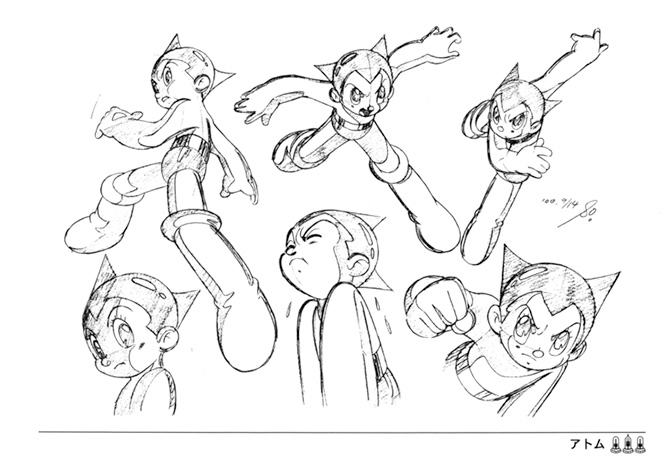
Both Disney and Tezuka’s animations were heavily influenced by the world around them. Disney’s first major production was Snow White and the Seven Dwarfs released in 1934. The project took just over four years to complete. The film follows the fairytale-life of a young girl as she escapes the grasp of an evil queen. It is important to note the magical elements Disney introduced in his hopeful films as the world around him became heavily involved in WWII shortly after. Then, Disney’s films were directed towards the war with many cartoons illustrating the actions of combat, as seen in Donald Gets Drafted, a 1942 film that revolved around Donald Duck experiencing military life (Vashishtha, 2018). Disney’s next two major films, Pinocchio and Fantasia, did not do well by WWII due to the aftermath of the economy (Vashishtha, 2018). Nevertheless, feature-length films were seen as a transformative feat within the animation industry and did not go unnoticed. Another element that differentiated Disney films from other animations of the time was depth. Disney sought to provide the “illusion of depth” within his films (NIHF, 2022). To do so he invented the multiplane camera, a device that allowed artists to film multiple layers against a backdrop. The layers were all filmed at once. Not only did the layers create a sense of depth but with this device animators could now draw characters and other actions independently of their backdrops (NIHF, 2022). Disney’s vision for depth changed the direction of the industry. Not only did Disney provide relief to his audiences during the war but his films began to represent American ideals such a courageous hero figure with a strong work ethic (Bemis, 2017). The same can be seen in Disney films and projects today. His legacy reaches globally with movies, merchandise, and large fan bases. It is especially well-known the impact that Disneyland and World have on the minds of young children and families who view the parks as magical experiences. Modern audiences recognize Disney as geared towards children and fans of extraordinary films filled with exciting and magical stories. There is a “feel good” notion attached to most Disney films today.
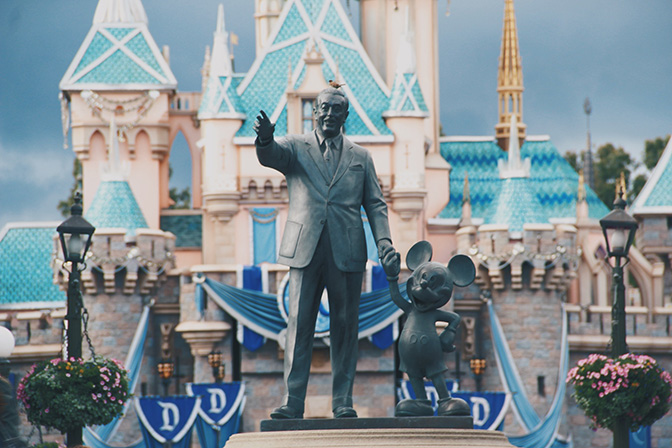
Like Disney, Tezuka developed feature-length films. Termed the “godfather” of manga and anime, Tezuka has been recognized as one of the biggest influences in Japan’s pop culture post ( (Romano, 2016). He produced over 500 manga titles in Japan during the postwar period, which saw many cultural changes during Japan’s transition into a modernised industrial society, many of these changes being the way in which the country told stories through art and film. Tezuka influenced the animation industry through adaptations of his own manga works. His very first— and most iconic— was Astro Boy, which resulted in a highly successful anime (Romano, 2016). His artistic style influences many artists to follow. For instance, large eyes which were a hallmark of his style have been attributed to influencing the large eyes we see in anime today ( (Pinchuk, 2016). His use of displaying action in story telling became an integral part of manga (Romano, 2016). Following this style of story telling was the impact that his tales had on the minds of young children growing up in a hard reality that saw the harsh aftermath of war. Japan’s manga industry grew as people were looking to escape the current reality and conditions that Japan was undergoing after WWII (Romano, 2016).
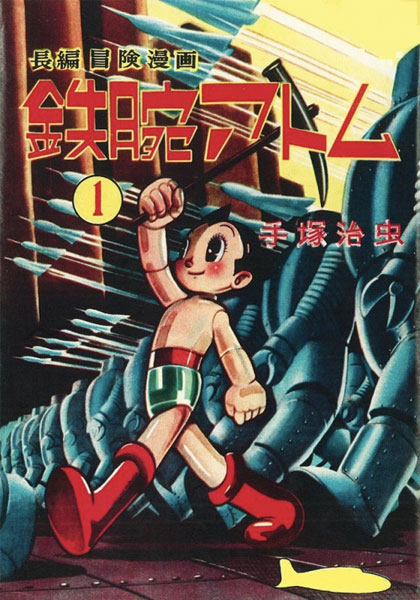
Tezuka not only animated wondrous fantasy scenes such as flying robots and future cars but he also included the life of the current state of Japan and it’s streets with many young audiences attracted to the idea of a hopeful future. Like Disney, Tezuka opened a studio, Mushi Production, which was responsible for the work of Astro Boy. Sadly, the studio did not have a large enough budget for feature-length films which drove Tezuka to get creative with ways to cut costs. Not only did his style change the direction of animation in the East but his way of animating was dubbed the “new style” of anime due to his cutting down of the movement shown on a screen by minimising the number of frames drawn and therefore emphasising still-frames (NU, 2021). This technique sped up the animating process. Japan saw a boom in manga and anime shortly after, with many artists attributing Tezuka as a primary influence. Like Disney, Tezuka’s films had a global reach but sadly his influence was rather indirect. His work impacted American culture through his impact on anime in Japan rather than through his films alone. This was due to the hardships Tezuka faced when trying to get films to air in America (NU, 2016). Astro Boy, for instance, contained content that did not meet American ideals and required Tezuka to cut any reference to sensitive content such as violence, religion, and death. This was especially difficult as it changed the story of most of his work which was heavily influenced by a post-war society. An even more indirect influence is that of a controversial film by Mushi Productions titled Kimba The White Lion. Many fans and spectators argue that Disney plagiarised Kimba when it produced The Lion King, a story about a lion names Simba who followed a similar path as Kimba (Romano, 2016). There exist numerous articles covering the subject to which will be kept short here. Despite his indirect reach on other countries, Osamu Tezuka has been recognised today as one of the pioneers in Japan’s current art and culture which has influenced other countries (NU, 2021). We can see the impact anime has had in America, especially in the more popular sale of anime merchandise within the states.
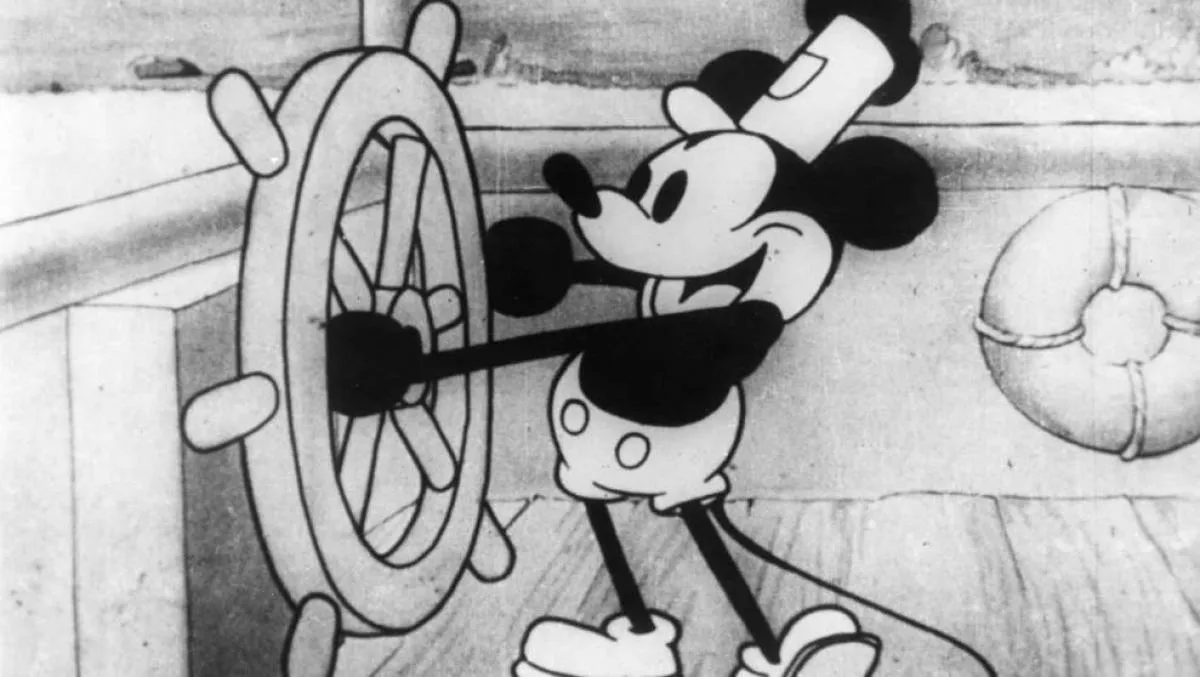
Regardless of their region, Disney and Tezuka have inspired audiences all over the world with their creative works and new techniques that ultimately directed the animation industry down an exciting and technical path. Fans marvel at their work and the hope their magic inspired in many young audiences who were struggled during a post-war era. We recognise both artists today as pioneers in their field and continue to see the impact they’ve had on artists after them.
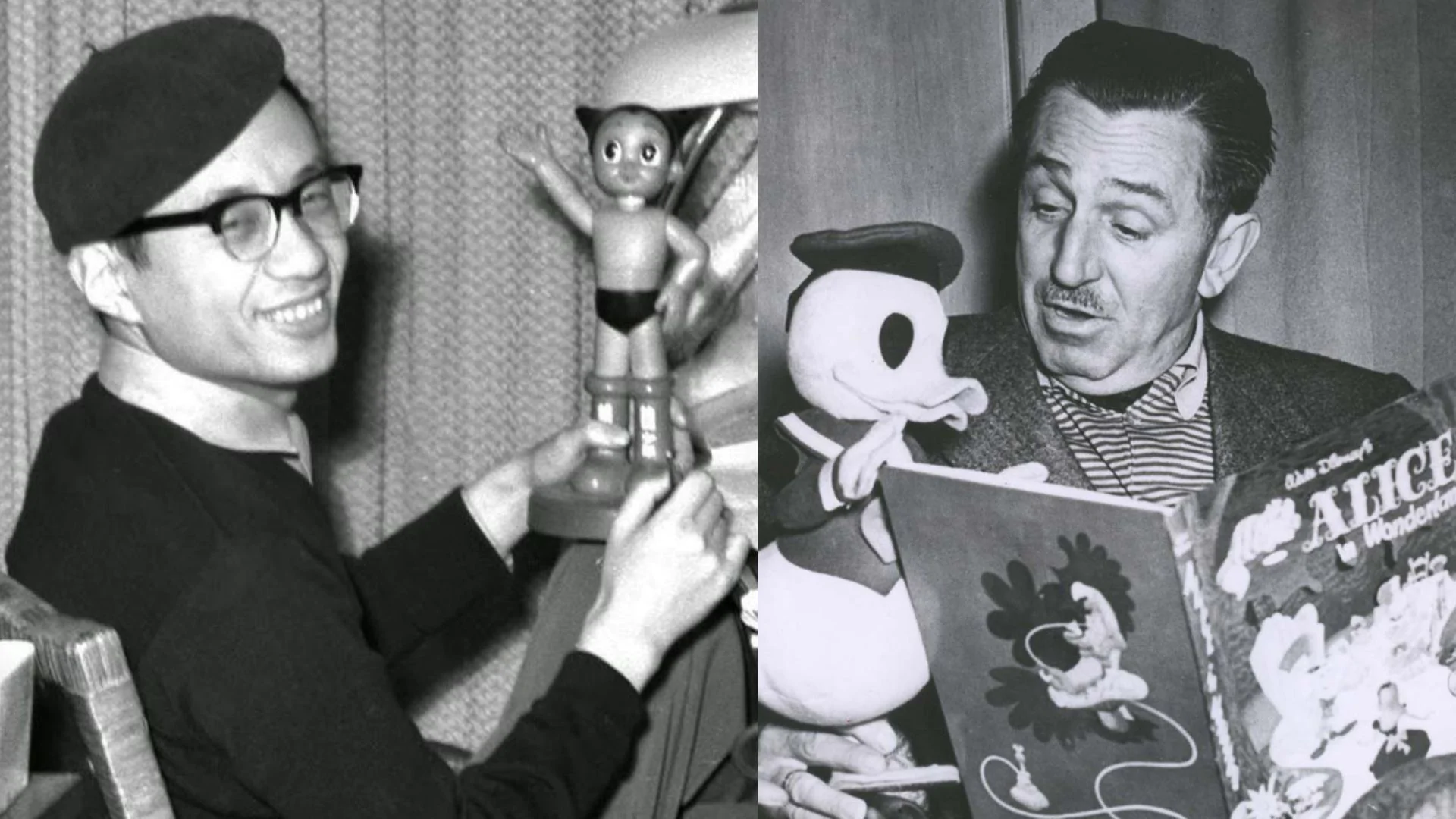
For additional information on the work of Osamu Tetzuka and Walt Disney, please visit:
The Movie Blog – https://www.themovieblog.com/2013/08/how-walt-disney-influenced-anime/
Kenpai – https://www.kanpai-japan.com/osamu-tezuka
STSW Media – https://www.ststworld.com/osamu-tezuka/
The Graphic Novel – https://graphicnovel.umwblogs.org/2013/02/06/osamu-tezuka-walt-disney-on-the-other-side-of-the-world/
Pledge Times – https://pledgetimes.com/osamu-tezuka-the-partnership-with-disney-between-east-and-west/
The Comics Journal – https://www.tcj.com/tezuka-osamu-and-american-comics/
Veronica Navarrete is a senior graphic design major at USF. In addition to running on the women’s cross country and track teams, Veronica spends her spare time editing videos, drawing animation screen printing, and developing her IP for her senior thesis.


